Burn Fat With This 30-Minute Home Workout And Improve Your Fitness
This session requires no equipment and can be done anywhere you have room to jump and lunge

You can get as complicated as you like when devising a fitness routine, but having a 30-minute home workout to fall back on whenever you need to is worth its weight in gold.
This workout fits the bill perfectly, and features a selection of the best bodyweight exercises, all of which are suitable for beginners (with the exception of the jump squat, but beginners can choose to do an unweighted squat instead). It’s been created by Matt Young, PT at London Studio CIRQ, and not only does it engage muscles all over the body, but it also gets your heart pumping to improve your cardiovascular fitness.
Even allowing time for a warm-up and warm-down, the session will take just half an hour and involves doing four rounds of six compound exercises, many of which are explosive moves to raise your heart rate. It’s an effective session to do in a local park or in a hotel room when travelling. Plus, you’ll feel better for fitting it into your day. We promise.
And while a go-to session is important, you can add some variation with this extensive selection of home workouts.
30-Minute Home Workout
“This workout is great for improving your level of fitness and losing excess body fat,” says Young. “It consists of full-body movements while working at around 80-90% of your maximal heart rate for a period of 30 seconds. This is followed by 15 seconds of rest and recovery, in which time you will get ready for the next exercise.
“Each of the six exercises is performed once during a given circuit. Between each circuit, take 90 seconds to rest and recover before you start the next one. You will complete four circuits in total.
“The goal with this type of training is to match the intensity and energy in all four circuits. A great way to gauge this is to take a mental note of the number of reps you achieve on any given exercise during your first circuit and use that as a marker for your next three circuits.”
Sign up for workout ideas, training advice, reviews of the latest gear and more.
Warm-up
Time 3min
“The warm-up should be at a low to moderate intensity with the aim of getting the blood flowing around your body and priming your muscles ahead of more vigorous exercises,” says Young.
Check out our guide to warm-up exercises for a stretching routine that will get you ready for this workout.
1 Mountain climber
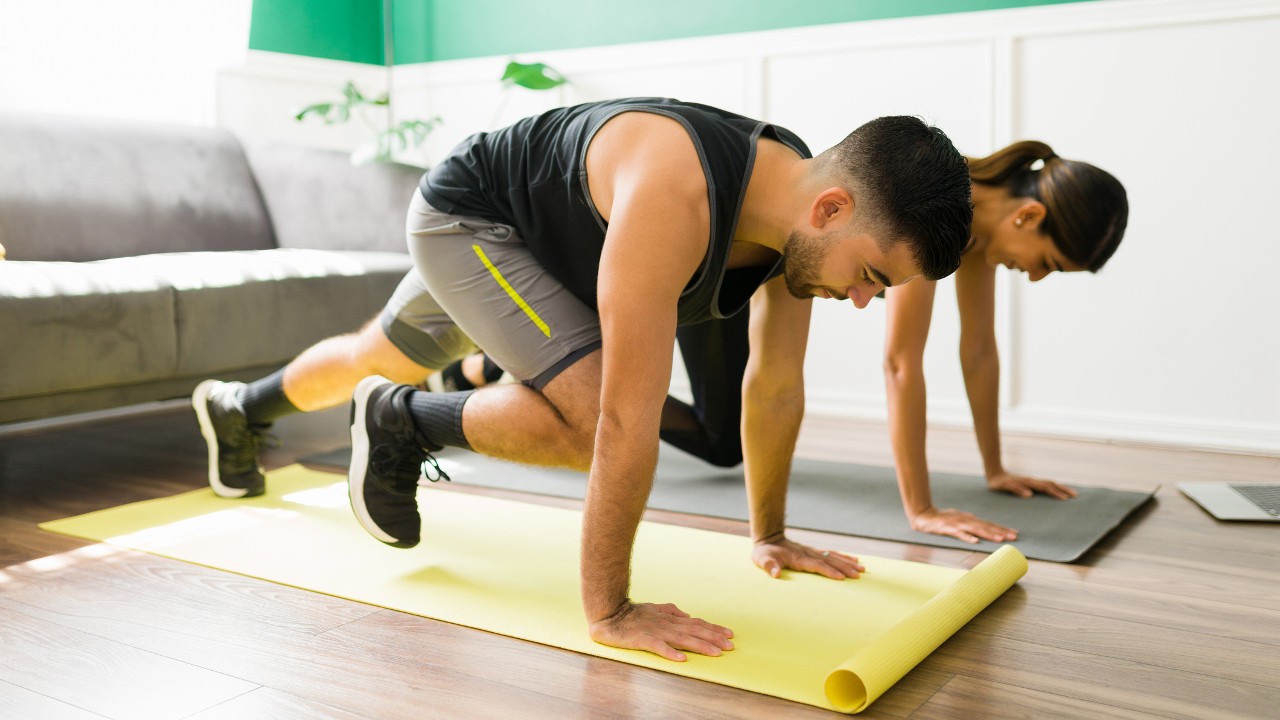
Time 30sec Rest 15sec
“Drop into a press-up position, bring one knee up towards your chest and, without your foot touching the ground, immediately take it back to the starting position,” says Young. “As soon as you make it back to this position, power your other knee towards your chest and then back again. Alternate for 30 seconds. Try to avoid raising your hips. Imagine you have a glass of water balanced on your lower back – don’t let it spill!”
2 Jump squat

Time 30sec Rest 15sec
“This exercise is a more intense version of a normal squat, because you are adding an explosive jump,” says Young.
“Stand with your feet shoulder-width apart. Drop and sit into a squat position. The focus here should be on your hips moving backwards, while ensuring you do not bend your torso forwards. Try to keep both your back and shin bones vertical throughout the movement. From your squat, swing your arms and thrust yourself up into the air, landing softly.”
3 Bicycle crunch
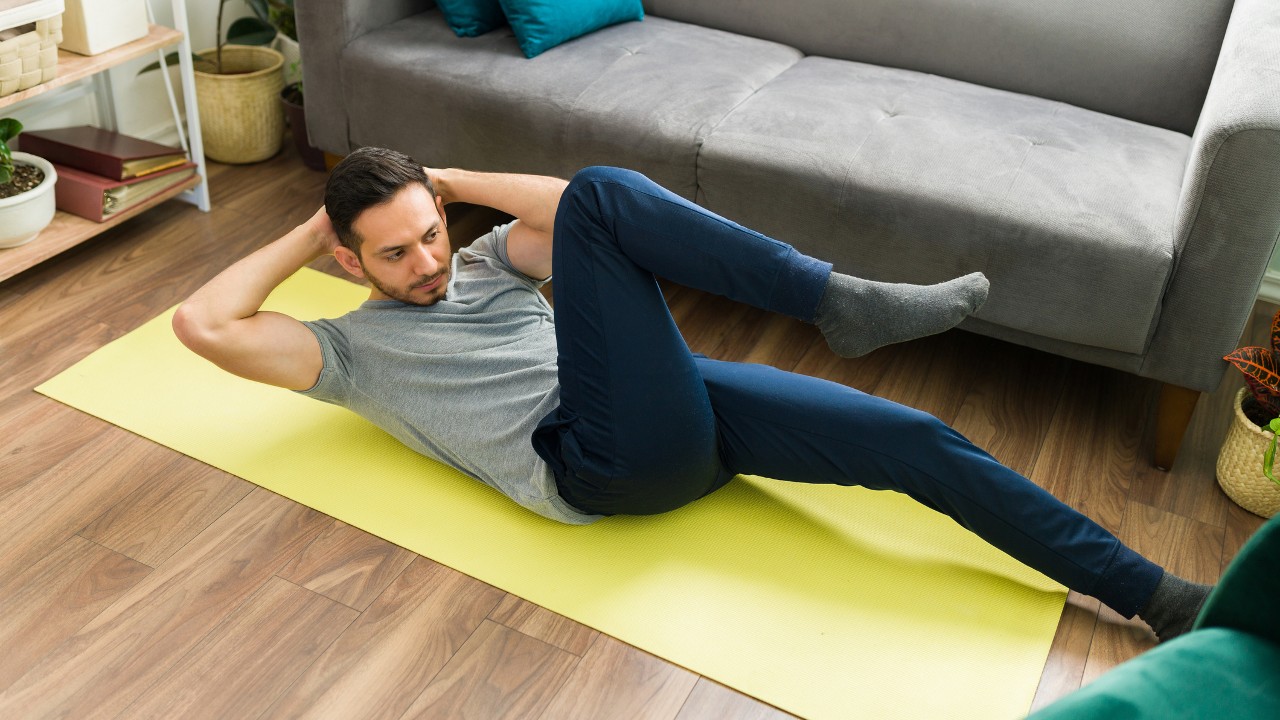
Time 30sec Rest 15sec
“Lie flat on your back and raise your heels about 20cm off the ground,” says Young. “Cradle the back of your head with your hands and curl the top of your spine up a few centimetres off the floor. Turn your right elbow towards your left knee, while simultaneously looking to bring your left knee towards your right elbow. Trying to get the two body parts to meet in the middle, then take your knee and elbow back to the start position, and immediately perform the same movement with your left elbow and right knee. You should aim for a fluid motion and ensure your feet, neck and head do not touch the ground throughout.”
4 Reverse lunge
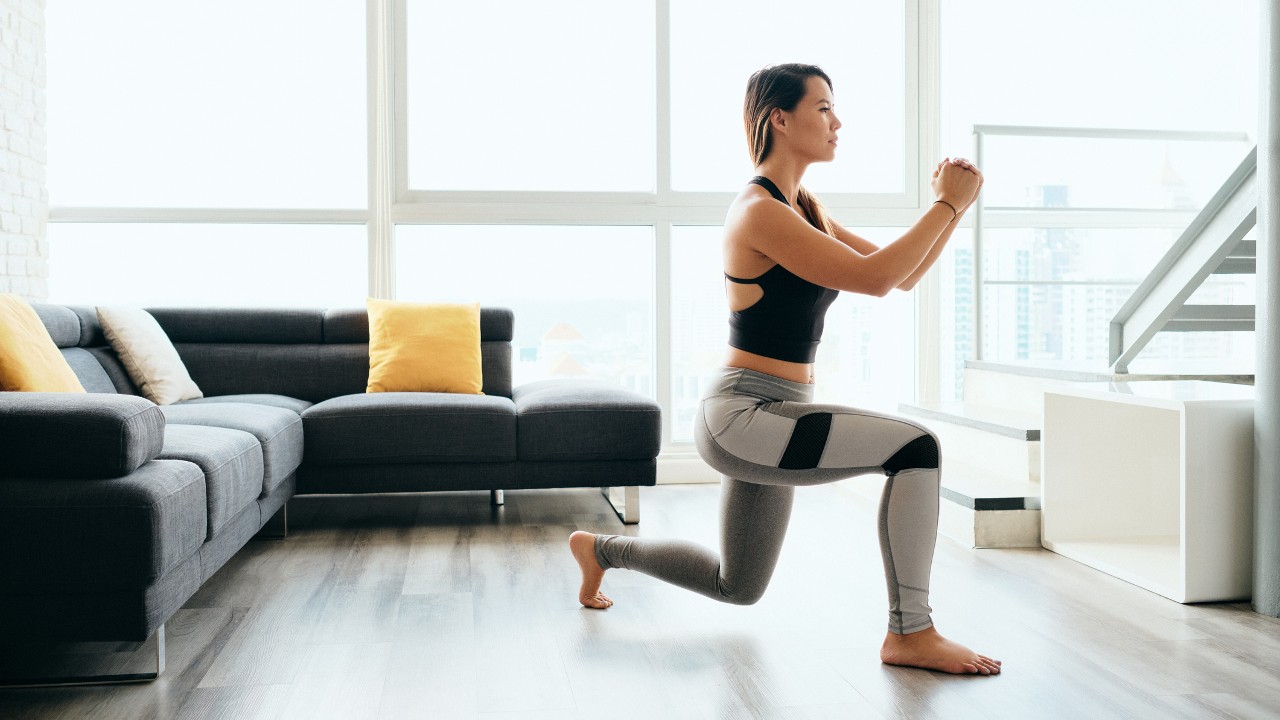
Time 30sec Rest 15sec
“Stand and bring your hands together in front of your chest, with the fist of one hand meeting the palm of the other,” says Young. “Take your right leg and step back a comfortable stride’s length, then lower your right knee– it should not touch the ground, but try to get as close to it as possible. Come back up to standing and repeat the movement on the opposite leg.
“Ensure that your front knee is not coming further forwards than your toes. If it is, your stride backwards needs to be a little longer. If you are performing the move correctly, your thigh muscles should burn and each hip flexor should feel like it’s gently pulling.”
5 Press-up
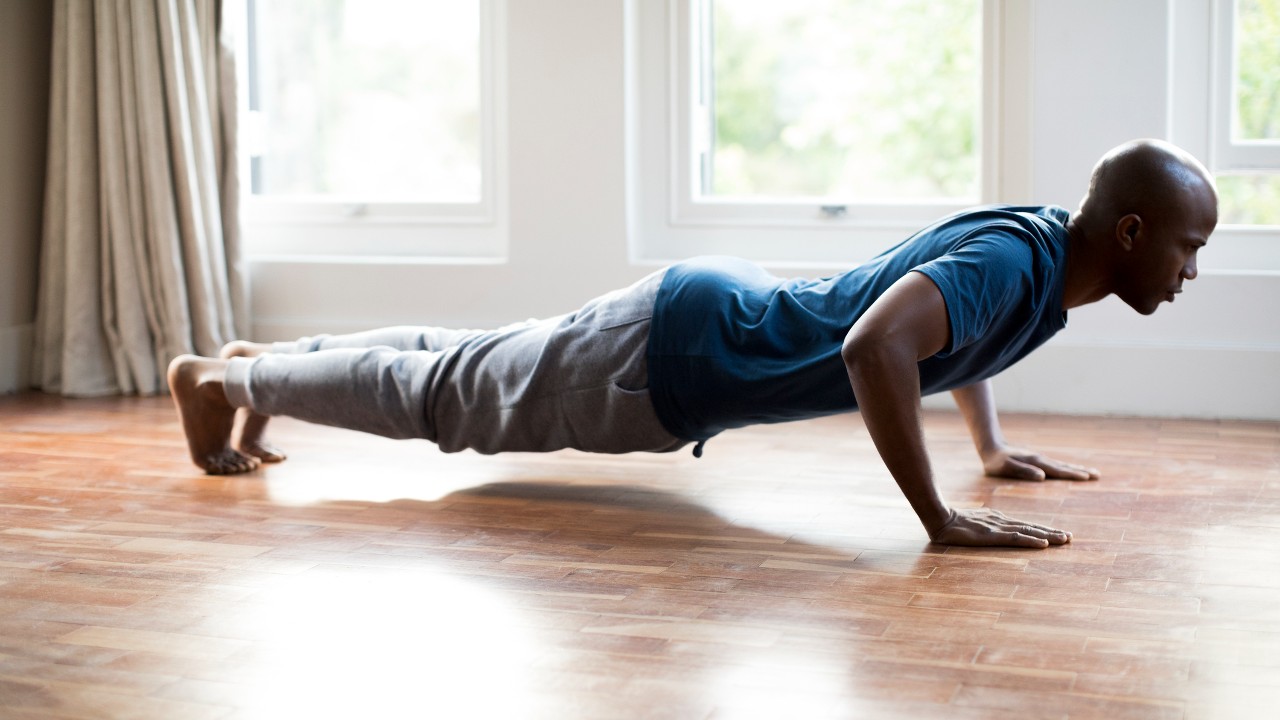
Time 30sec Rest 15sec
“Start in a press-up position,” says Young. “Your chest, stomach and legs should be hovering above the ground. If you find it difficult to hold yourself in this position, bring your knees to the ground, and raise your feet in the air behind you to ensure you are still in a four-point holding position.
“From here, bend your elbows and slowly lower, ensuring your chest and stomach do not touch the ground. When you are within a couple of centimetres of the ground, or at a point where you can feel the muscles in your chest and by your armpits pulling, push yourself back up.”
6 Star jump
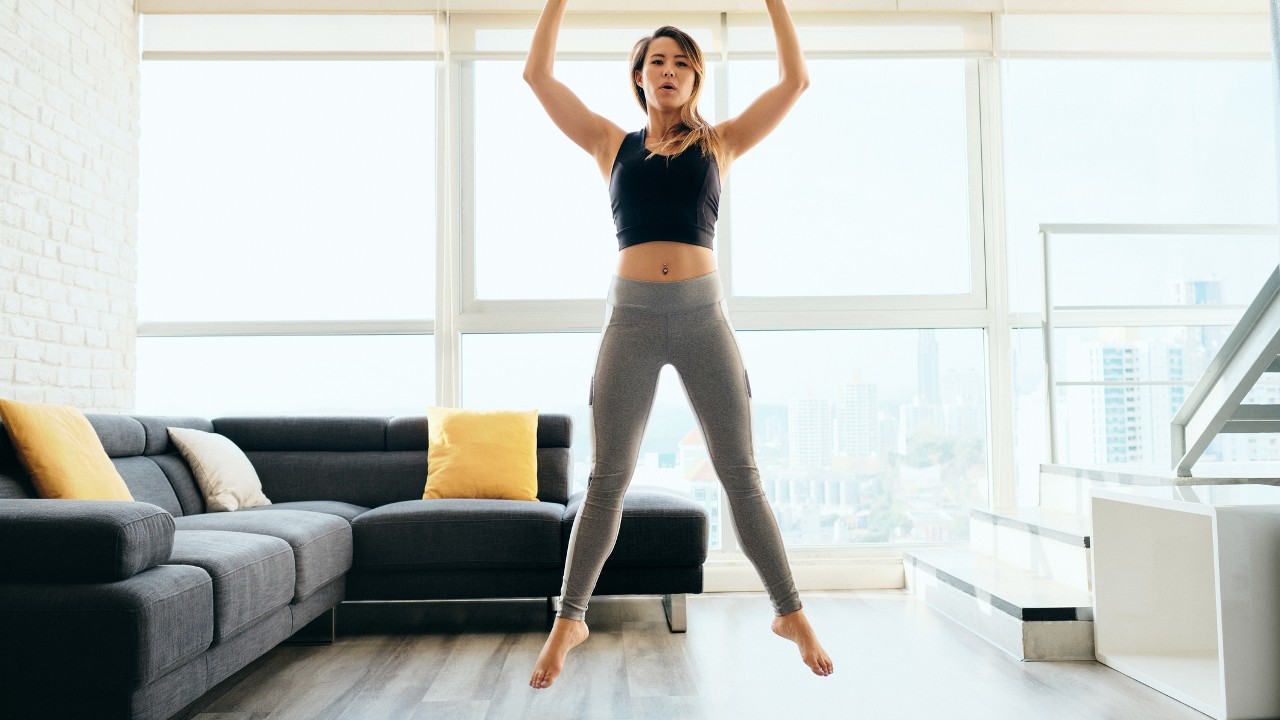
Time 30sec Rest 90sec
"Stand with your arms by your sides. Jump and simultaneously take both hands out so they are in line with your shoulders and spring your legs wide so they are more than shoulder-width apart,” says Young. “As soon as you land, jump back to your starting position.”
Warm-Down
Time 3min
“A warm-down is important because it is a gradual and controlled way of lowering your heart rate and stretching the muscles that you have been working,” says Young. “You should look to stretch the muscles you have worked the most, so you’re not feeling as sore the next day. Trust me, DOMS – delayed onset muscle soreness – isn’t nice!”
Give this stretching routine a whirl to warm down after this workout and reduce your risk of suffering DOMS.
As well as being a PT at CIRQ, Young runs coaching service Made In The Mind.

Nick Harris-Fry is a journalist who has been covering health and fitness since 2015. Nick is an avid runner, covering 70-110km a week, which gives him ample opportunity to test a wide range of running shoes and running gear. He is also the chief tester for fitness trackers and running watches, treadmills and exercise bikes, and workout headphones.
